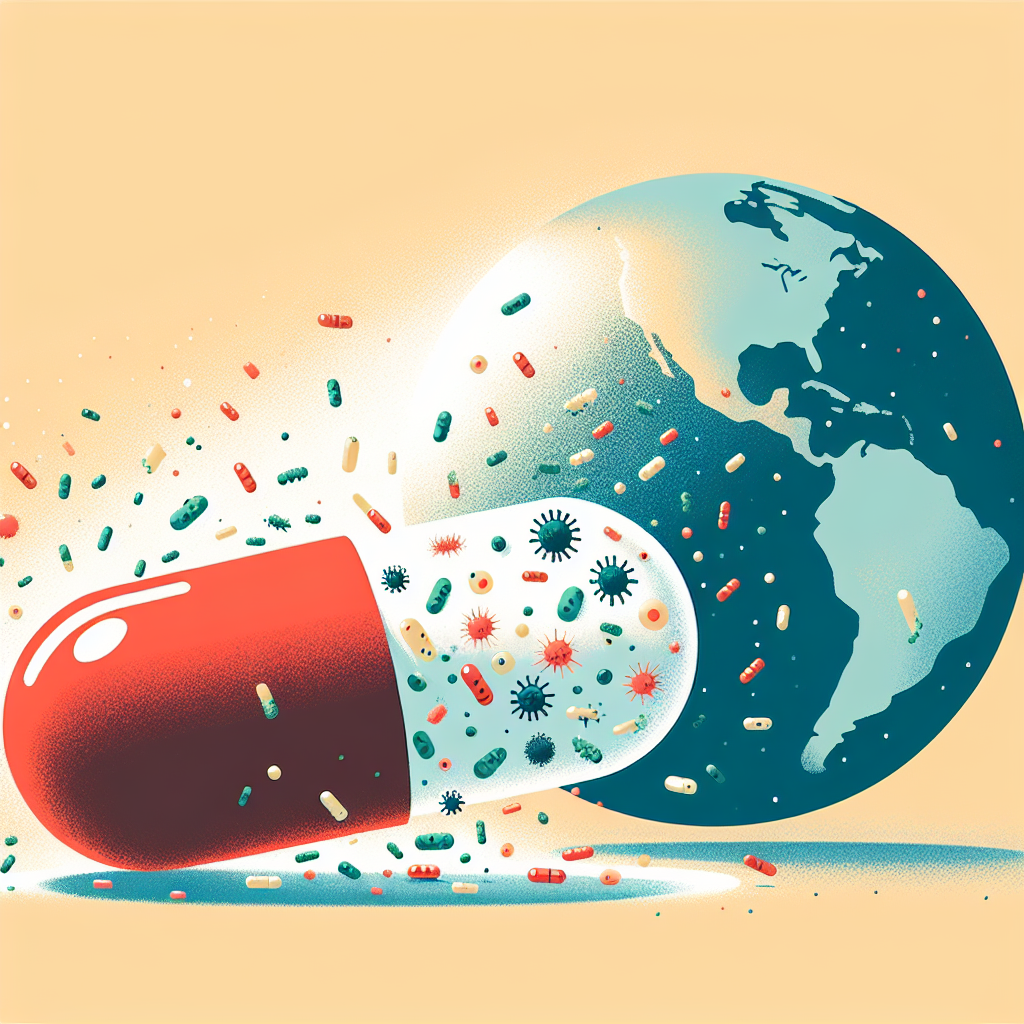
A Surge in Antibiotic Resistance
Understanding the Rising Threat of Antibiotic Resistance
The landscape of public health is facing a seismic shift due to the escalating threat of antibiotic resistance. Recent data, encapsulated by a report from the World Health Organization (WHO), highlights a grim reality: one in six bacterial infections globally are now resistant to standard antibiotics. This growing menace endangers millions and exerts unprecedented pressure on health systems worldwide (UN News.)
A particularly alarming aspect is the potential surge in antibiotic-resistance-related deaths, forecasted to exceed 39 million between 2025 and 2050 (Reuters). This projection starkly underscores the urgent need for both immediate action and long-term strategic planning. But what exactly is fueling this rise, and what are the potential paths forward?
The Drivers Behind the Surge in Resistance
Several factors contribute to this surge. Overprescription and misuse of antibiotics in both human and veterinary medicine accelerate resistance. Inadequately regulated usage in agriculture compounds this issue, leading to resistant bacteria that can easily transfer between animals and humans.
Poor sanitation and insufficient infection control measures facilitate the spread of resistant strains. This situation is exacerbated in regions with limited access to healthcare resources, where the emphasis often shifts from preventative to reactionary measures.
Moreover, a climate of misinformation and distrust around antibiotics contributes to either the excessive pressure on healthcare providers to prescribe them unnecessarily or the outright refusal by patients to complete courses of antibiotics.
Case Studies in the Spread of Resistance
Globally, several types of infections have become symbolic of this resistance trend. The CDC reports significant increases in infections from Carbapenem-resistant Enterobacteriaceae (CRE), informally known as ‘nightmare bacteria’ due to their high mortality rates and resistance to last-line antibiotics (The Washington Post).
“The infection rate of one type of carbapenem-resistant bacteria has risen by more than 460 percent in recent years,” notes Scientific American. This statistic encapsulates the rapidity with which these infections are spreading and highlights the critical need for enhanced monitoring and reporting systems (Scientific American).
Global Health Impact and Strategic Response
The wide-reaching implications of this surge cannot be overstated. Economically, antibiotic resistance could dent global productivity, as more people require prolonged medical treatment and absence from work.
Strategies to mitigate this crisis must encompass robust surveillance systems to track resistance patterns, stricter regulations on antibiotic use, especially in agriculture, and renewed efforts in antibiotic research and development (WHO).
Moreover, educating both healthcare professionals and the public about responsible antibiotic use is essential. This encompasses understanding when antibiotics are necessary and the importance of completing prescribed courses.
Conclusion
As the world stands on the brink of an antibiotic era, coordination at local, national, and international levels is imperative. Only through a concerted, multifaceted approach can the tide of antibiotic resistance be stemmed, ensuring that our global health defenses remain resilient in the face of evolving bacterial threats.
With collective resolve and innovative thinking, this emergent crisis could transform into a case study of effective global cooperation in public health protection.



